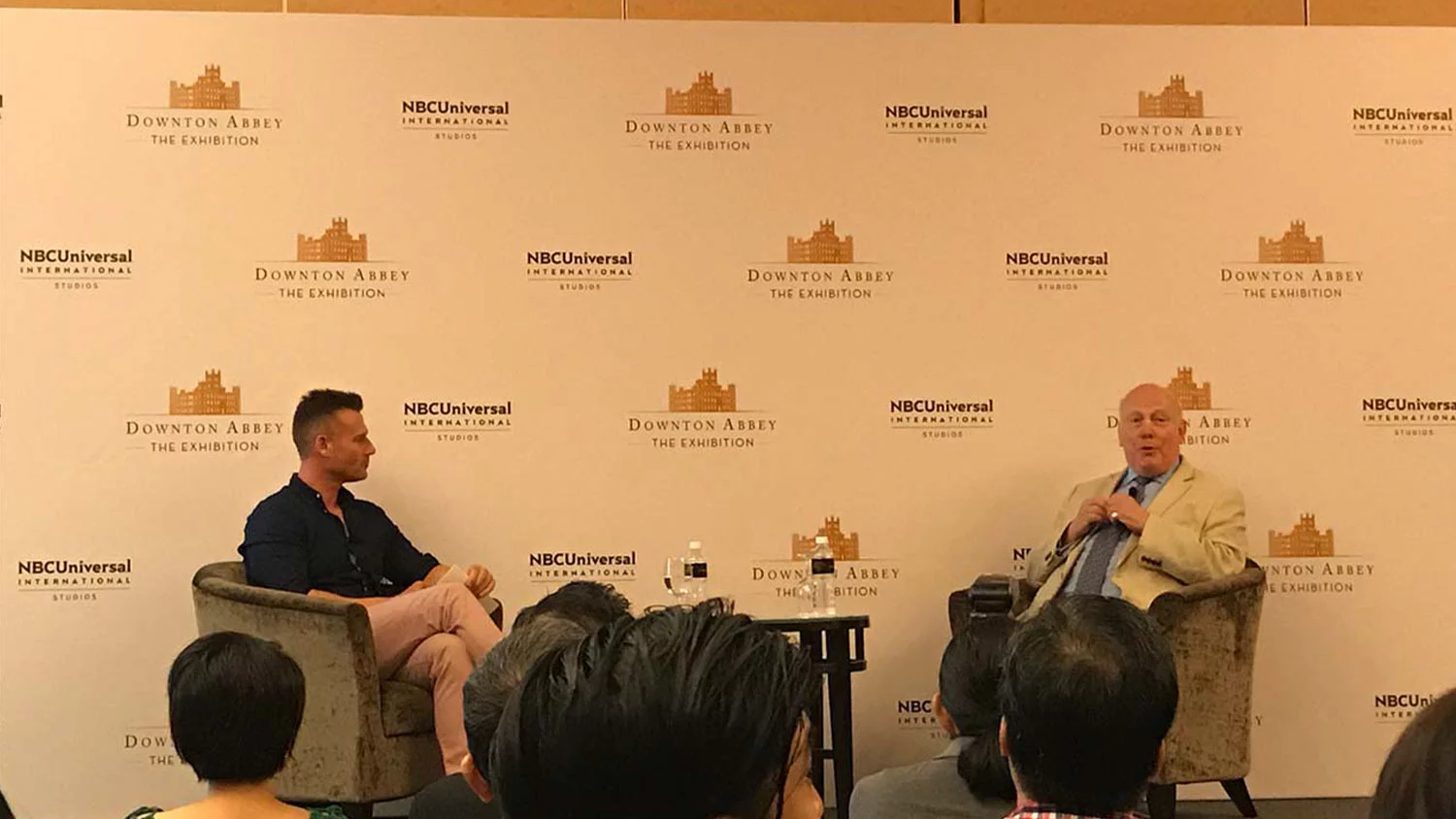From Gosford to Downton, Learning from Lord Julian Fellowes
By Sara Merican


Still from Five Trees, dir. Nelson Yeo, 2017
Too little history is being told these days,” lamented Lord Julian Fellowes. Lord Fellowes is an acclaimed Oscar-winning screenwriter, director, actor and novelist. His works are frequently set in a historical period, and aim to reflect the culture, sensitivities and the class system of that time, as in the case of films Gosford Park, The Young Victoria and television series Downton Abbey. Fellowes was in Singapore for the opening of Downton Abbey: The Exhibition at Marina Bay Sands. Speaking at a talk attended by many film students and former members of the SGIFF Youth Jury and Critics Programme, he provided insights to the process of screenwriting and the film and media industry in Britain. Given his experience writing for film, television and the stage, one student asked how he views the writing process for each medium differently. Lord Fellowes pointed out that when he writes for film or the stage, the narrative is “contained”, “You write it, it gets cast and that’s it… it’s out of your hands.” In comparison, he finds the writing process for television very “alive, and unfurls with the actors”. Speaking in context of the Downton Abbey series, Lord Fellowes says that he responds to their artistic interpretations and personal quirks when writing future episodes. He adds, “It’s an ongoing process.” Yet, he is adamantly against “improvised lines” as “in each episode, there are half a dozen stories going on, so each word needs to contribute to them and keep the episode focused”. He also went on to provide insights on how he structured the Downton Abbey television series. He knew the general arc across all 6 series would involve following the fictional aristocratic Crawley family during the pre-World War 1, World War 1 and post-World War 1 periods. Within each series, he aims to give each main character a “key story” every three episodes and a “functioning role” in the other two episodes in between, to ensure “reasonably fair coverage” for all the actors. When asked if he ever watches his own work, he replied “Yes” without hesitation, “If you don’t watch, you don’t learn or improve. You have to realise that things that are only in your head about the characters don’t always translate on-screen. You have to get your characters to say it.” Though he treasures such feedback, he also admitted that he had to develop “a thick skin” when it came to reviews. He also wisely adds, “You can’t survive on praise or negative reviews; you have to survive on neither. At the end of the day, you have to survive on the belief in your own work..
The other landscape is the open space which gives me a breath of fresh air, the transition onto the other side, which is accentuated by the use of depleting wheat plants and then suddenly a plain ground wherein we see a man digging a hole, hence the foreshadowing pays off. The hope is here. However, since this is the emotional side of the character’s mind, the digging is perhaps a representation of a wound created by this unknown man in the emotional part of his mind wherein he is in denial to accept his true sexual identity. He is forced to confront it, but he is too scared to accept. The title “A Bed Without a Quilt” – sounds like a compromise, but has a hopeful feel to it; this can be reflected back to the two parts of his world, wherein he strikes a huge compromise, for his father, who asks him to shoot the man he begins to love.
Hence, these films, play greatly with symbolism as a tool in order to establish the themes and build the narrative. This is an essential quality, visible within this year’s selection of South East Asian Films. These two films, having utilized physical space to work parallel with symbolism, give an interesting angle and act as an effective representation of the selected films.